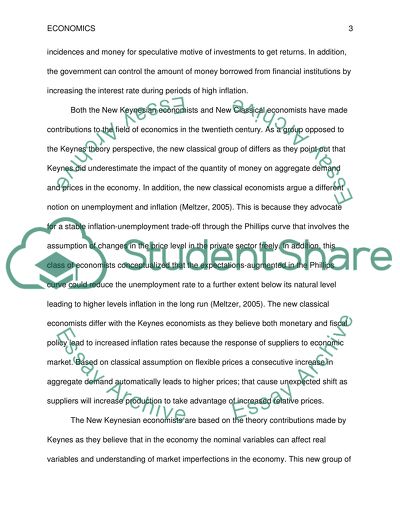Cite this document
(“Economics Essay: John Keynes Contribution Essay”, n.d.)
Economics Essay: John Keynes Contribution Essay. Retrieved from https://studentshare.org/macro-microeconomics/1447656-ecop2
Economics Essay: John Keynes Contribution Essay. Retrieved from https://studentshare.org/macro-microeconomics/1447656-ecop2
(Economics Essay: John Keynes Contribution Essay)
Economics Essay: John Keynes Contribution Essay. https://studentshare.org/macro-microeconomics/1447656-ecop2.
Economics Essay: John Keynes Contribution Essay. https://studentshare.org/macro-microeconomics/1447656-ecop2.
“Economics Essay: John Keynes Contribution Essay”, n.d. https://studentshare.org/macro-microeconomics/1447656-ecop2.


